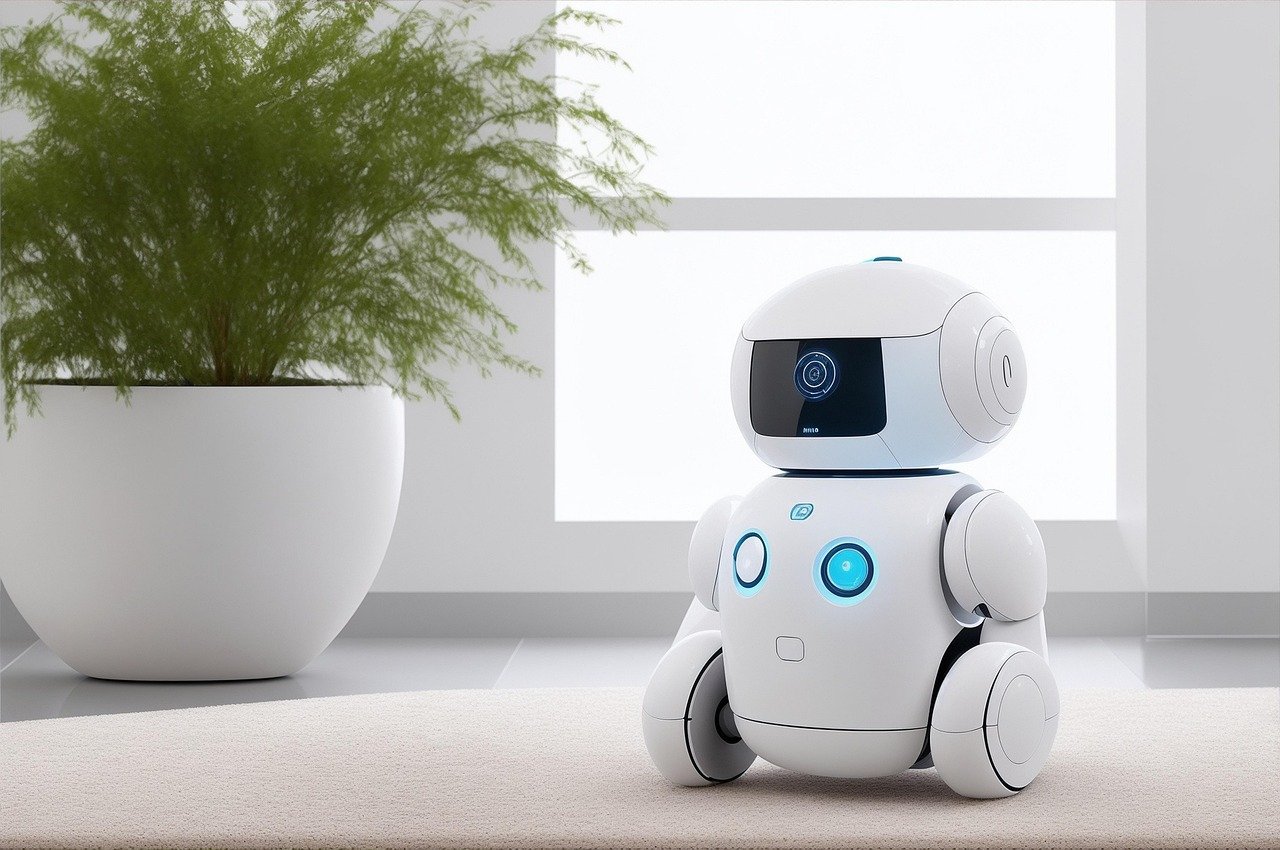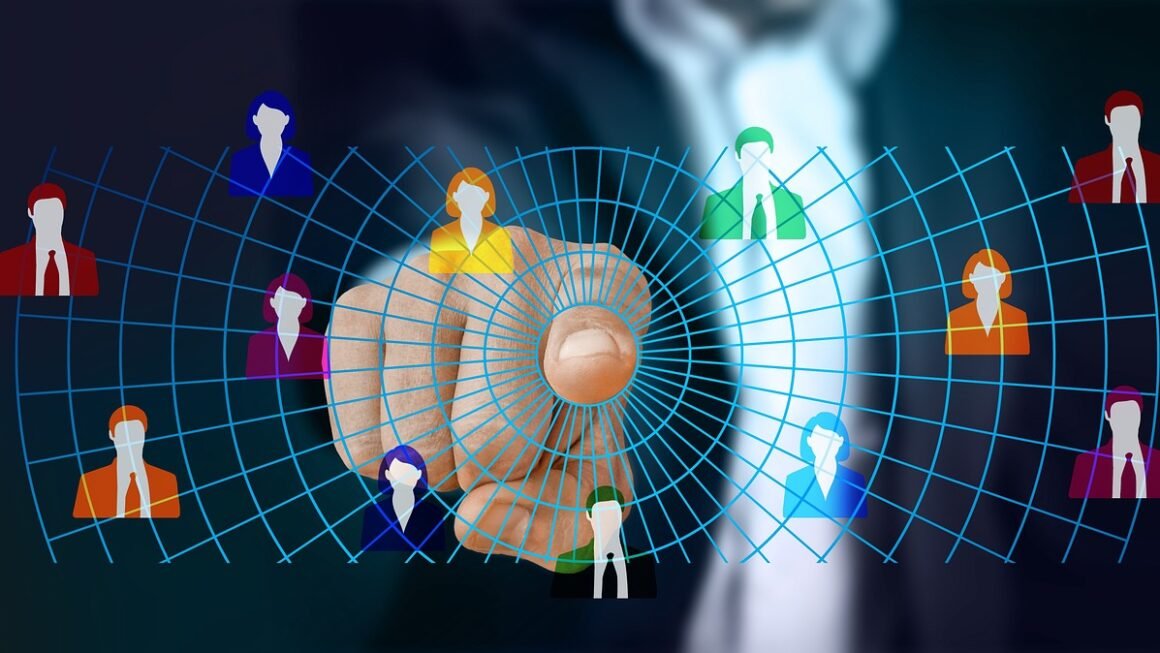Computer vision, the field of artificial intelligence enabling computers to “see” and interpret images like humans, is revolutionizing industries across the board. From self-driving cars navigating complex roadways to medical imaging detecting diseases early, the applications are vast and continuously expanding. This article delves into the core concepts of computer vision, its various applications, the technologies driving its advancements, and its exciting future.
Understanding Computer Vision
Computer vision is more than just recognizing objects in images. It encompasses a wide range of processes that allow computers to extract meaningful information from visual data. This involves understanding the context, relationships, and patterns within the image or video.
Core Concepts of Computer Vision
- Image Acquisition: This is the initial step of capturing images or videos through various devices like cameras, scanners, or medical imaging equipment. The quality of the image is crucial for subsequent steps.
- Image Preprocessing: This involves cleaning and enhancing the image to improve its quality for further analysis. Techniques include noise reduction, contrast enhancement, and image resizing.
- Feature Extraction: This stage focuses on identifying and extracting relevant features from the image, such as edges, corners, textures, and color gradients. These features are used to represent the image in a more compact and informative way.
- Object Detection and Recognition: This is where the computer identifies and classifies objects within the image. This often involves using machine learning algorithms trained on large datasets of labeled images. Popular algorithms include Convolutional Neural Networks (CNNs).
- Image Segmentation: This process divides an image into multiple segments, often based on color, texture, or other characteristics. This allows the computer to isolate and analyze specific regions of interest.
The Difference Between Image Processing and Computer Vision
While often used interchangeably, image processing and computer vision have distinct focuses. Image processing mainly concerns itself with transforming images to enhance their appearance or extract specific information, like sharpening or color correction. Computer vision, on the other hand, aims to understand the content of an image and derive meaning from it, similar to how humans interpret visual information. Think of image processing as a tool used within the broader field of computer vision.
Key Applications of Computer Vision
The applications of computer vision are rapidly growing across numerous industries, impacting how we live and work.
Autonomous Vehicles
- Navigation: Computer vision enables self-driving cars to perceive their surroundings, identify lanes, detect obstacles (pedestrians, vehicles, traffic signs), and navigate roads safely.
- Traffic Management: Analyzing traffic flow, optimizing traffic signals, and identifying potential accidents.
- Enhanced Safety: Providing features like automatic emergency braking and lane departure warnings.
Healthcare
- Medical Imaging Analysis: Assisting doctors in analyzing X-rays, CT scans, and MRIs to detect diseases, tumors, and other abnormalities with greater accuracy and speed.
- Surgical Assistance: Providing real-time guidance and navigation during surgical procedures.
- Drug Discovery: Accelerating the drug discovery process by analyzing complex biological images.
Retail and E-commerce
- Product Recognition: Allowing customers to scan products with their smartphones and instantly access information, reviews, and pricing.
- Personalized Recommendations: Analyzing customer behavior and visual preferences to recommend relevant products.
- Inventory Management: Automating inventory tracking and management in stores.
Manufacturing and Quality Control
- Defect Detection: Identifying defects on production lines with high accuracy and speed.
- Robotics: Guiding robots to perform complex tasks such as assembly and packaging.
- Predictive Maintenance: Analyzing images of machinery to predict potential failures and schedule maintenance proactively.
Security and Surveillance
- Facial Recognition: Identifying individuals in real-time for security purposes.
- Anomaly Detection: Identifying unusual activities or events in surveillance footage.
- Access Control: Granting or denying access based on facial recognition or other visual cues.
Technologies Driving Computer Vision
Several technological advancements are fueling the rapid progress of computer vision.
Deep Learning
- Convolutional Neural Networks (CNNs): CNNs are a type of neural network specifically designed for processing images. They excel at learning hierarchical features from images, making them ideal for object detection, image classification, and image segmentation.
- Recurrent Neural Networks (RNNs): While CNNs are dominant, RNNs find use in video analysis and tasks involving sequences of images.
- Generative Adversarial Networks (GANs): GANs are used for generating realistic images and videos, as well as for tasks like image inpainting and super-resolution.
Datasets and Annotation
- Large, Labeled Datasets: The availability of large, labeled datasets, such as ImageNet, COCO, and Pascal VOC, has been crucial for training deep learning models. These datasets provide the necessary data for algorithms to learn to recognize and classify objects accurately.
- Annotation Tools and Services: The process of labeling images is often time-consuming and labor-intensive. Specialized annotation tools and services are available to help automate and accelerate this process.
Hardware Acceleration
- GPUs (Graphics Processing Units): GPUs are designed for parallel processing, making them ideal for training and running deep learning models. They significantly accelerate the computations required for computer vision tasks.
- TPUs (Tensor Processing Units): TPUs are custom-designed hardware accelerators developed by Google specifically for deep learning workloads.
Edge Computing
- Processing Images at the Edge: Edge computing involves processing images directly on devices like smartphones, cameras, and sensors, rather than sending them to the cloud. This reduces latency, improves privacy, and enables real-time applications.
- Example: A smart camera in a store can process images locally to detect shoplifting attempts without sending the data to a central server.
Challenges and Future Trends in Computer Vision
Despite its advancements, computer vision still faces several challenges.
Challenges
- Robustness to Variations: Computer vision algorithms can struggle with variations in lighting, viewpoint, occlusion, and background clutter.
- Data Bias: Models trained on biased datasets can exhibit discriminatory behavior.
- Computational Cost: Training and running deep learning models can be computationally expensive, requiring significant resources.
- Explainability: Understanding why a computer vision model makes a particular prediction can be difficult.
Future Trends
- Explainable AI (XAI): Developing computer vision models that are more transparent and explainable.
- Self-Supervised Learning: Reducing the reliance on labeled data by developing algorithms that can learn from unlabeled data.
- Edge AI: Deploying more computer vision applications on edge devices.
- 3D Computer Vision: Developing algorithms that can process and understand 3D data.
- AI-Powered creativity: Generating images, videos, and animations based on user input.
Conclusion
Computer vision is transforming numerous industries and is poised to play an even greater role in the future. Understanding the core concepts, key applications, and driving technologies is crucial for anyone seeking to leverage this powerful technology. As the field continues to evolve, we can expect even more innovative applications to emerge, further blurring the lines between the digital and physical worlds. Embracing this technology and addressing its challenges will be key to unlocking its full potential.



